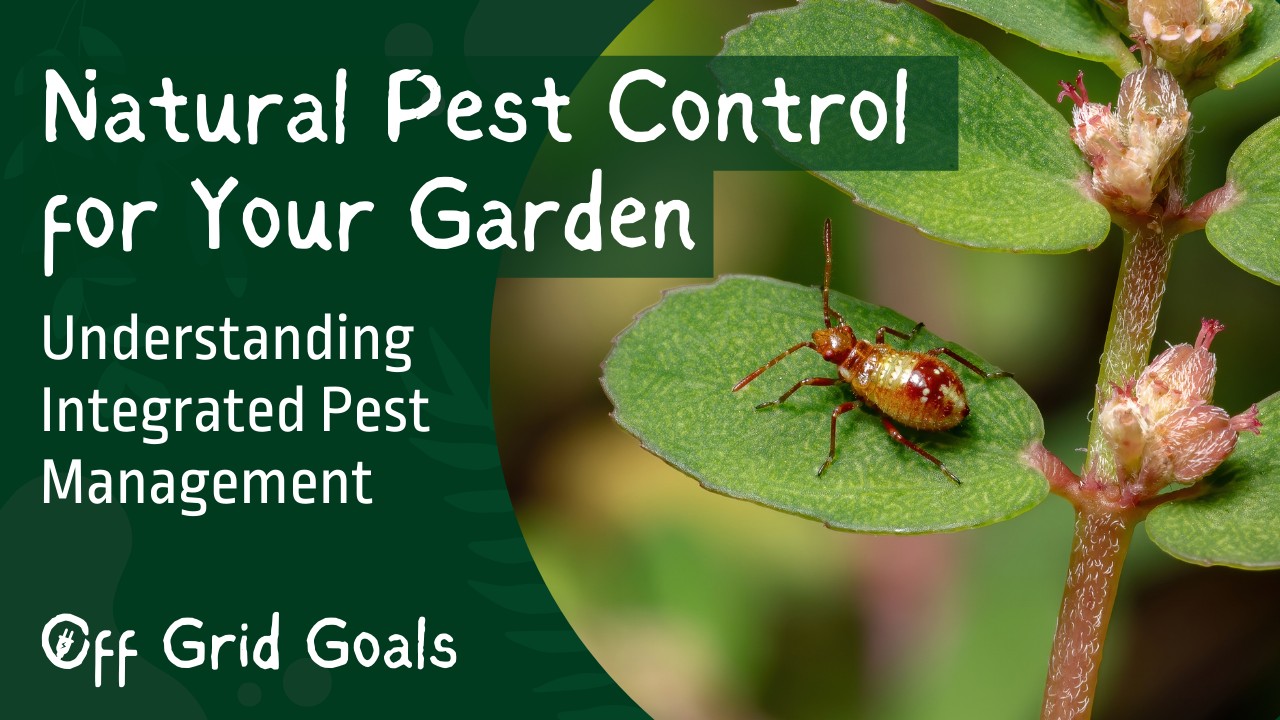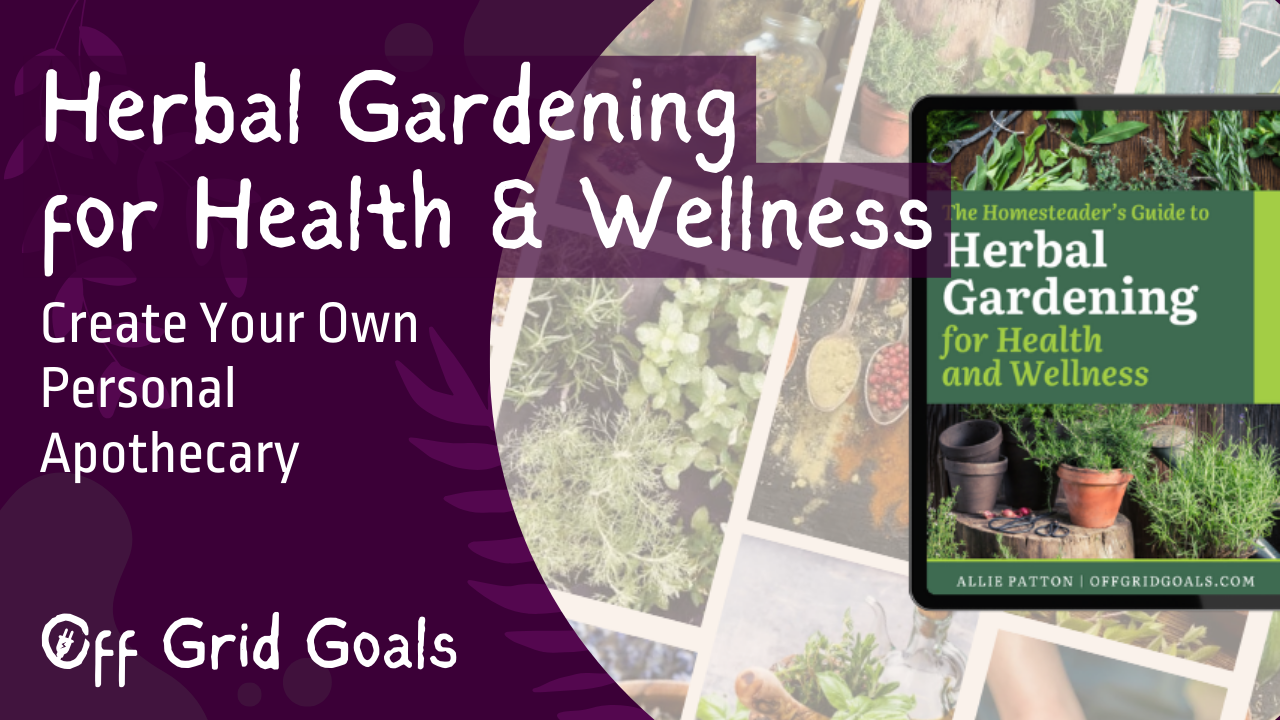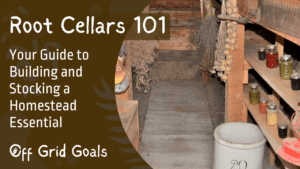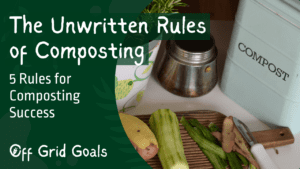Choosing the “best” natural pest control method for gardening depends on the types of pests you’re dealing with, the specific plants in your garden, and your personal preferences.
One approach that many gardeners find helpful is Integrated Pest Management (IPM).
Think of IPM as your garden’s holistic health plan. It combines multiple natural pest control methods to keep your plants thriving while minimizing harm to the environment. Here’s how it works:
Identify and Monitor Pests
Keep a close eye on your garden and learn to recognize common pests. Regular inspection helps catch problems early before they escalate.
Research what pests are most common in your gardening zone and your geographical area then keep your eyes open! Note which pests you’re seeing when to help you create a year-round battle plan.
Cultural Control
Work to create an environment that’s less hospitable to pests. This includes practices like crop rotation, proper spacing between plants, and maintaining healthy soil through composting and mulching.
Utilize smart companion planting, too. By strategically pairing certain plants together, you can create a harmonious environment that naturally deters pests.
Planting marigolds alongside your tomatoes not only adds a pop of color but also helps fend off nematodes and whiteflies. Planting basil near your cucumbers keeps cucumber beetles and aphids away.
Biological Control
Introduce beneficial insects and organisms. They’re little critters feast on harmful pests like aphids and caterpillars, keeping your plants safe and sound. Ladybugs, praying mantises, and parasitic wasps are just a few examples of nature’s pest controllers.
To attract these insect allies, plant some nectar and pollen-rich flowers like yarrow, dill, and sunflowers. Or, if you’re feeling extra fancy, you can even order some beneficial insects online and release them into your garden. It’s like hosting a bug-themed party with garden-friendly insects only!
Mechanical Control
Sometimes, a hands-on approach is the most effective. Hand-picking pests like caterpillars or using physical barriers such as row covers can help protect your plants without resorting to chemicals.
Natural Sprays and Repellents
Before you reach for those chemical sprays, why not give natural pest control a shot?
Homemade sprays made from ingredients like neem oil, garlic, or chili peppers can provide additional protection against pests. These sprays often target specific pests and are safer for the environment compared to synthetic chemicals.
Raid your kitchen cabinets for ingredients like vegetable oil, soap, garlic, and vinegar, and concoct your very own pest-fighting potions. A vegetable oil spray can suffocate those soft-bodied pests like aphids and mites, while a soap spray dissolves their protective coating. And if you’re dealing with pesky ants or cabbage worms, a garlic spray will have them running for the hills. It’s like playing mad scientist, but with fewer explosions and more pest control.
Timing and Monitoring
Timing is everything in pest control. Apply treatments when pests are most vulnerable, and continue monitoring your garden to assess the effectiveness of your methods.
By combining these strategies, you create a balanced ecosystem where beneficial organisms help keep pest populations in check, reducing the need for harsh chemicals. Plus, it’s a more sustainable approach that promotes long-term garden health.
So, whether you’re battling aphids, slugs, or pesky beetles, give integrated pest management a try – your garden will thank you for it!






















